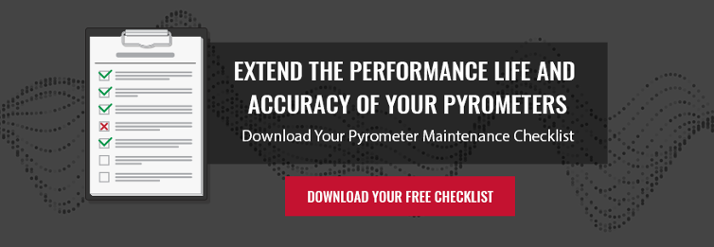
When managing a plant, downtime is inevitable. Whether caused by a malfunction or simply by planned maintenance, downtime costs money. However, unplanned, unexpected downtime costs more. When your production line stops unexpectedly—because of a broken part, for example—you need to take time to identify the problem, fix it, and then make sure that there aren’t any ancillary problems before you restart.
According to research from the ISA, almost every factory loses at least 5% of income to lost productivity from unplanned downtime—although some factories in certain industries lose up to 20%. No matter where you are along that 5% to 20% spectrum, you want you unplanned downtime to be as short as possible. Let’s examine how to reduce unplanned downtime in production in five simple steps.
1. Establish and Implement Production Goals
You want your production line to move as quickly as possible so you can create a large amount of output, but production speed can be a bit of a balancing act: if you run your equipment too slowly, you may not meet your quotas, but if you run it too quickly, you’ll run the risk of increasing unplanned downtime. Be realistic when you plan production-specific goals; lofty goals and too-high expectations may cause more trouble down the line.
2. Move from a Reactive to a Proactive Approach
Preventative maintenance can reduce unplanned downtime tremendously, which is why it should already be a part of your plant’s routine. However, many plant operators don’t know that the equipment manufacturer recommendations are often either too liberal or too conservative when it comes to planned maintenance intervals. Don’t just rely on their guidelines—keep track of when and where things break and evolve your own data-based maintenance plan.
3. Train Employees and Implement Continuous Improvement for Training
Creating a continuous improvement culture is one of those buzzwords that overuse may have rendered meaningless—but it’s still a good idea. Even if you make just one small change a week, those changes will incrementally snowball into massive improvements in efficiency, safety, and throughput. One machine shop that implemented this process saw an 80% decrease in required walking, a significant increase in order processing speed, and a more well-documented startup procedure for capital equipment, among other improvements.
4. Find and Mitigate Obvious Production-Killers
Let’s return to the example above. In the machine shop where continuous improvement was implemented, they found that once an environmental control unit failed, only a few employees knew how to start it back up. Their fix for this was to document the startup procedure, laminate it, and tape it to the machine. Look back to your last unplanned downtime—can you think of a fast and easy fix that would have remedied (or prevented it) from happening?
Some other fixes:
- Finding automation solutions for repetitive tasks
- Reconfiguring the shop floor so that workers have to move less
- Clearer labeling for complex equipment
5. Implement Tighter Process Control Monitoring
If you’re proactively maintaining your machines, have implemented a continuous improvement process, and have identified some easy solutions related to your most common production issues, then next you should consider evaluating your instrumentation. Appropriate or proper technology, such as temperature sensors, can be used in real time to correct for potential product or quality issues before they get too far down the line—where they could cause a production stoppage.
Your Maintenance Checklist
Mitigating unplanned downtime is a job that’s never going to end. You will never run out of refinements and upgrades to make to your procedures, but continuing to refine your process will ultimately give you an advantage over your competition.
Understanding proper equipment maintenance is a great place to start. Download your free maintenance checklist from Williamson so you can begin reducing your unplanned downtime—and increasing your output—right away.

